The abundance of mobile apps in the app stores is a great advantage that users have today, but the sheer volume creates fierce competition which makes it a big challenge for businesses who want to create mobile apps to drive their business.


You will be amazed to know that as many as 80%-90% mobile apps are abandoned after just one use. In fact, an average app is likely to lose around 77% of its DAUs (daily active users) within just three days after it has been installed.
So, often, businesses will be left wondering, “what is it that makes for a successful mobile app?” The answer may often lie in finding out what mistakes lie behind unsuccessful apps, be it in the mobile app development process, design, or marketing.
Let’s start by circling out the causes that lie behind unsuccessful mobile apps.
1. Failure to Solve Any Real-World Problem

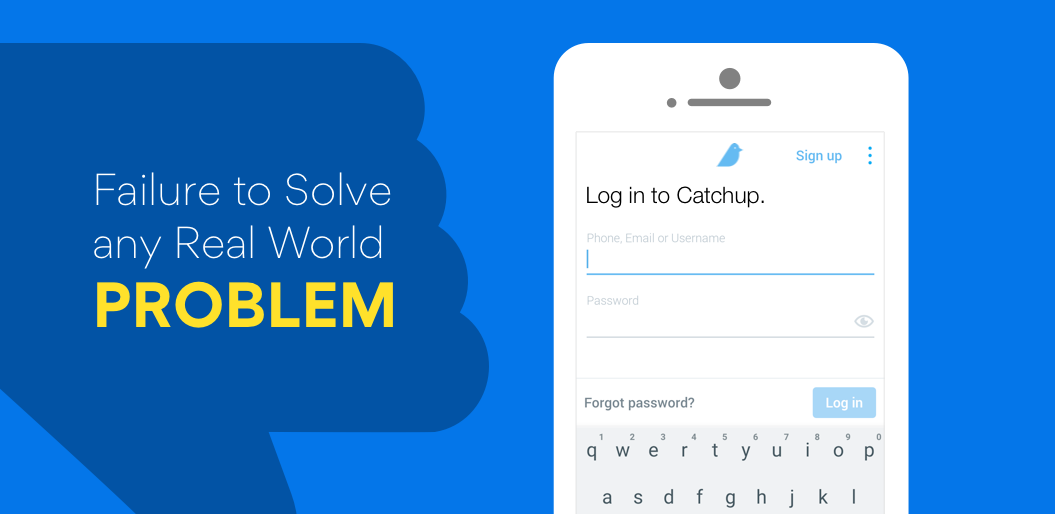
Most Mobile apps as we see them today are replicas of a few popular ones. The users are looking for innovation and the failure to come up with something inventive causes, disappointment, and loss of trust.
For instance, if all the fashion designers are making the same style of apparel, the competition will be high while the buyers less interested; hence only the original concepts and designs make an impact on the customers’ minds. All the replicas, whether iPhone or Android Apps, are doomed to be classified as failures.
If you are creating an app with the sole purpose of earning money out of it, you have already committed the first gaffe. Your main motive should always be solving a problem that exists amongst the users.
The marketers have an important role to play in this scenario; their survey results of the market will exhibit the user pain points, which in turn will be your model of app creation.
2. Inability to Understand the Target Audience

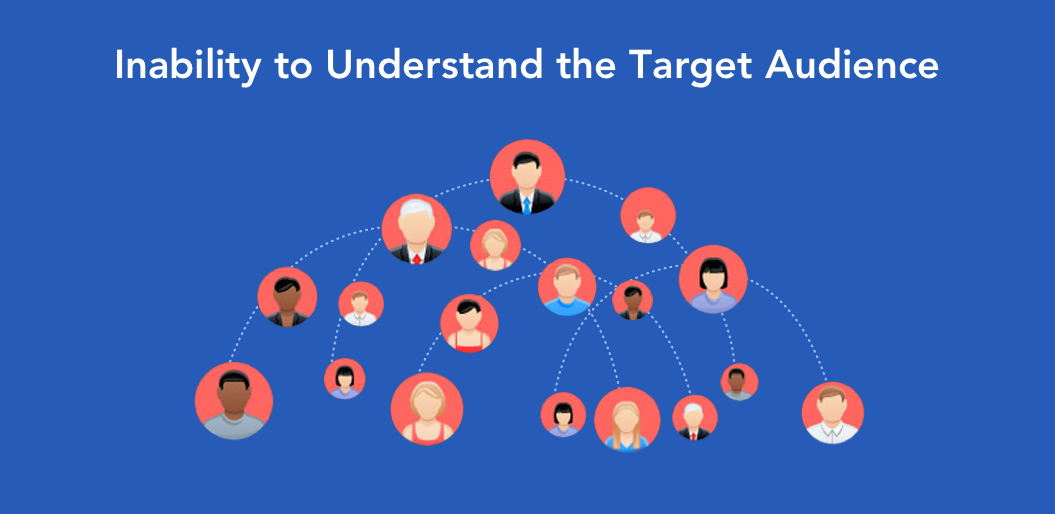
Not being able to understand your target audience is a faux pas that can doom you quicker than you think.
One of our clients approached us with this innovative idea of an iPhone app for kids, which would be all about interesting games and activities that would keep them occupied and enhance their cognitive skills.
However, thinking only like kids wouldn’t be enough. We also had to consider nannies, mommies, and even elder siblings who will be interfacing with the app more than the little ones will.
If you are not able to focus on your target audience properly; it will certainly paint a very blurry picture about your ideas, your application will never reach the right, thus spelling failure for your app.
3. Not Being Sure about the Mobile Apps Platform

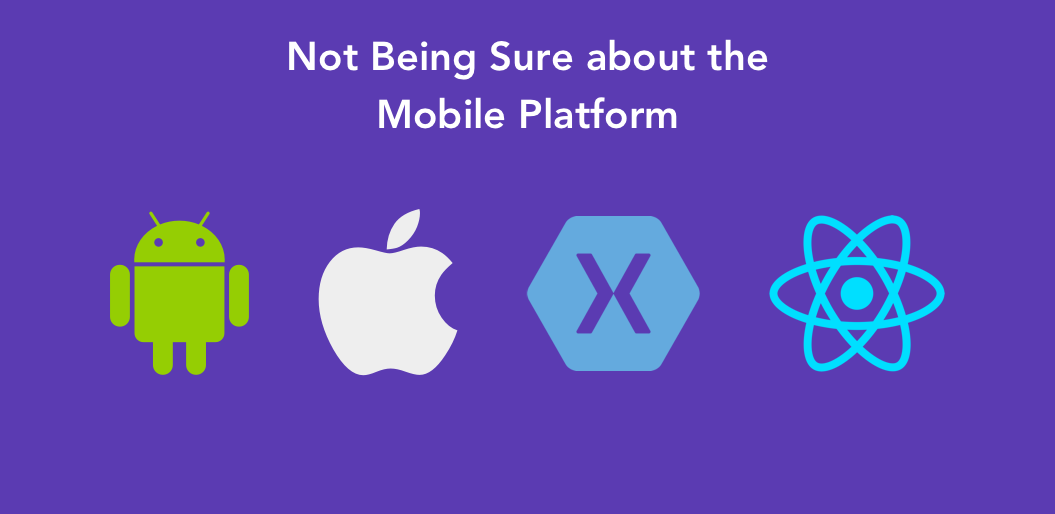
Whether your application is going to be an iPhone app or Android app or for the Windows phone, if you have not been able to make up your mind about it, you are certainly calling for some trouble. Although, in most cases, people are certain about the mobile platform for their app, yet their decision is not based on mindful deliberations.
You cannot go with a certain platform just because it suits your predisposition. The mobile platform that you select must be the preference of your target audience.
Whether it is iPhone development or Android app development, unsuccessful apps are not just a result of the issues with the app’s performance, quality, or lack of user experience., but also because the platform hasn’t been carefully studied.
In the mobile-first world, getting apps developed for both iPhone and Android platforms is fast becoming the norm. And it’s great if your audience is available on both the platforms.
4. Too Many or Too Few Features

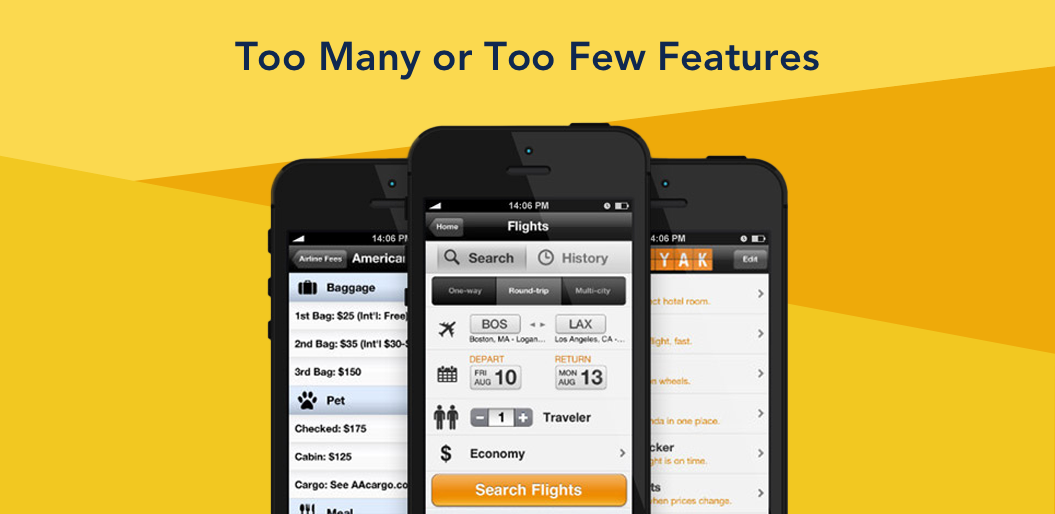
A remarkable number of apps that get abandoned after the first use, are unable to get the balance right. They either present the users with too few or too many features to be of use to them.
If you are under the impression that a feature-loaded application will lure the users, it might turn to be an exact opposite scenario. Excessive features might confuse them and push them to opt for something more specific to their needs.
While if you have been too selective about adding features in your application, it too might also have an adverse effect; that of making your app inadequate.
The number of features should be decided after properly scrutinizing the usability of your application along with the devices in which it will be used.
5. Making It Too Complex for the Users

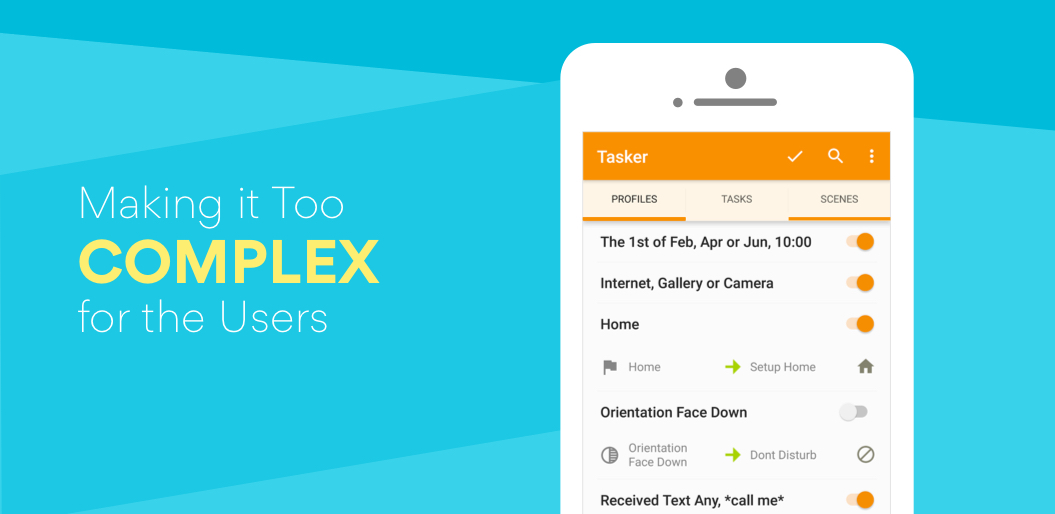
In the process of enhancing the user experience, app creators often make it a complex affair for the users.
The biggest reason for Apple to be able to gather so much attention so easily was its simplicity of usage. If a user is not able to locate the right buttons in your app in one go, certainly it is not serving the purpose it was created for.
The truth is that the users do not have the time to sit back and learn how to use your application, especially when there are easy-to-operate options available around them. And if you expect them to put in so much effort, you are certainly investing in an unsuccessful app.
In this case, one might also need to consider the localization or locational factors which vary according to the technological development of the place as well as the age of the users.
Make sure that the design of your mobile app justifies its business value. For an app, to be compatible with the user you need to analyze your target audience’s intellectual understanding and their compliance towards changing trends. Design intricacies cause the app to fail.
If you are looking for quality mobile app testing services at a very affordable rate, contact us. Fugenx Technologies, a leading mobile app development company in USA, USA & India has experienced a team of testers to check the functionality, usability, stability, and security of your application.



























